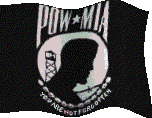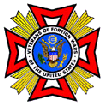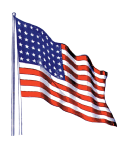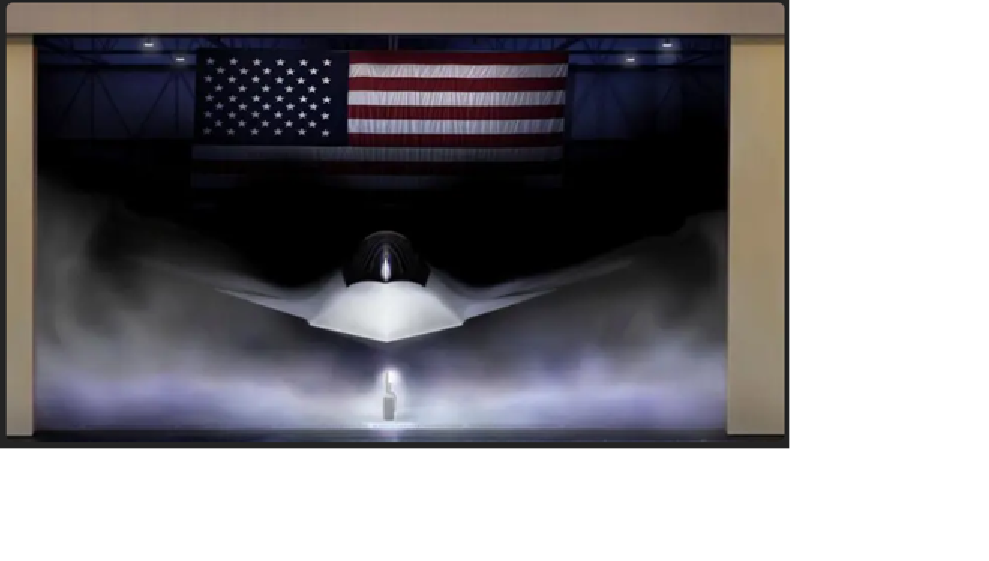 About Us
HOME
NEWS LETTER
Video
Meetings
Qualify
Auxiliary
Contact
About Us
HOME
NEWS LETTER
Video
Meetings
Qualify
Auxiliary
Contact




 Photos
Photos




Amid tough times for American airplane manufacturer Boeing, a massive lifeline has shown up in the form of a contract to build the Air Force’s most sophisticated fighter jet, the F-47.
In a Friday press briefing inside of the Oval Office, President Donald Trump announced that the Air Force was awarding a $20 billion contract to Boeing to develop the new fighter jet "after a rigorous and thorough competition between some of America's top aerospace companies."
"The F-47 will be the most advanced, most capable, most lethal aircraft ever built," Trump told reporters in the Oval Office. "Nothing in the world comes even close to it."
